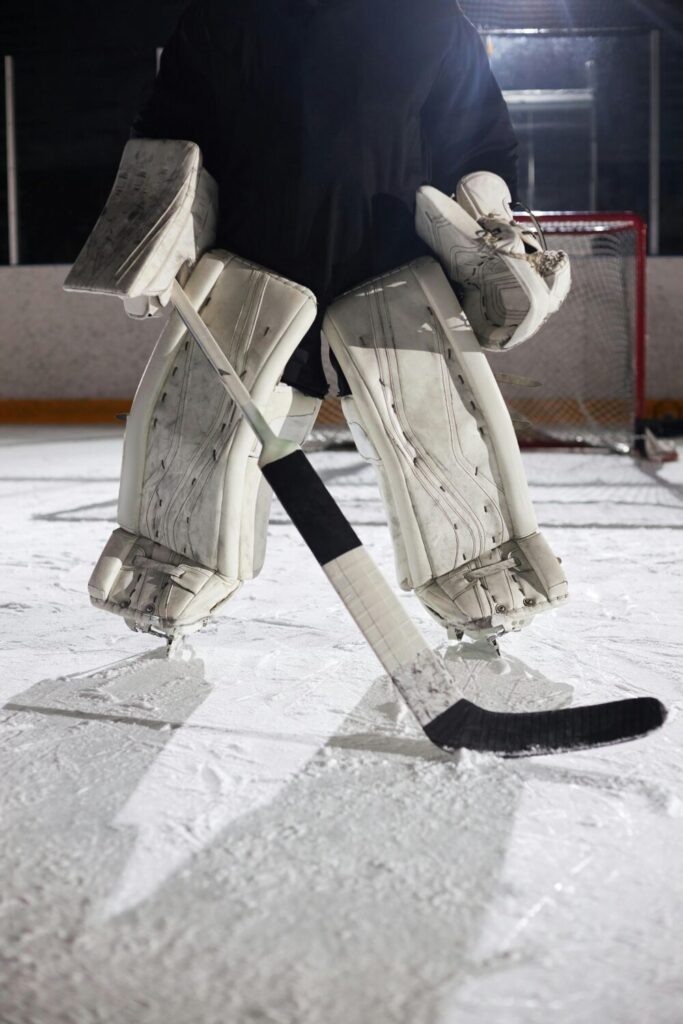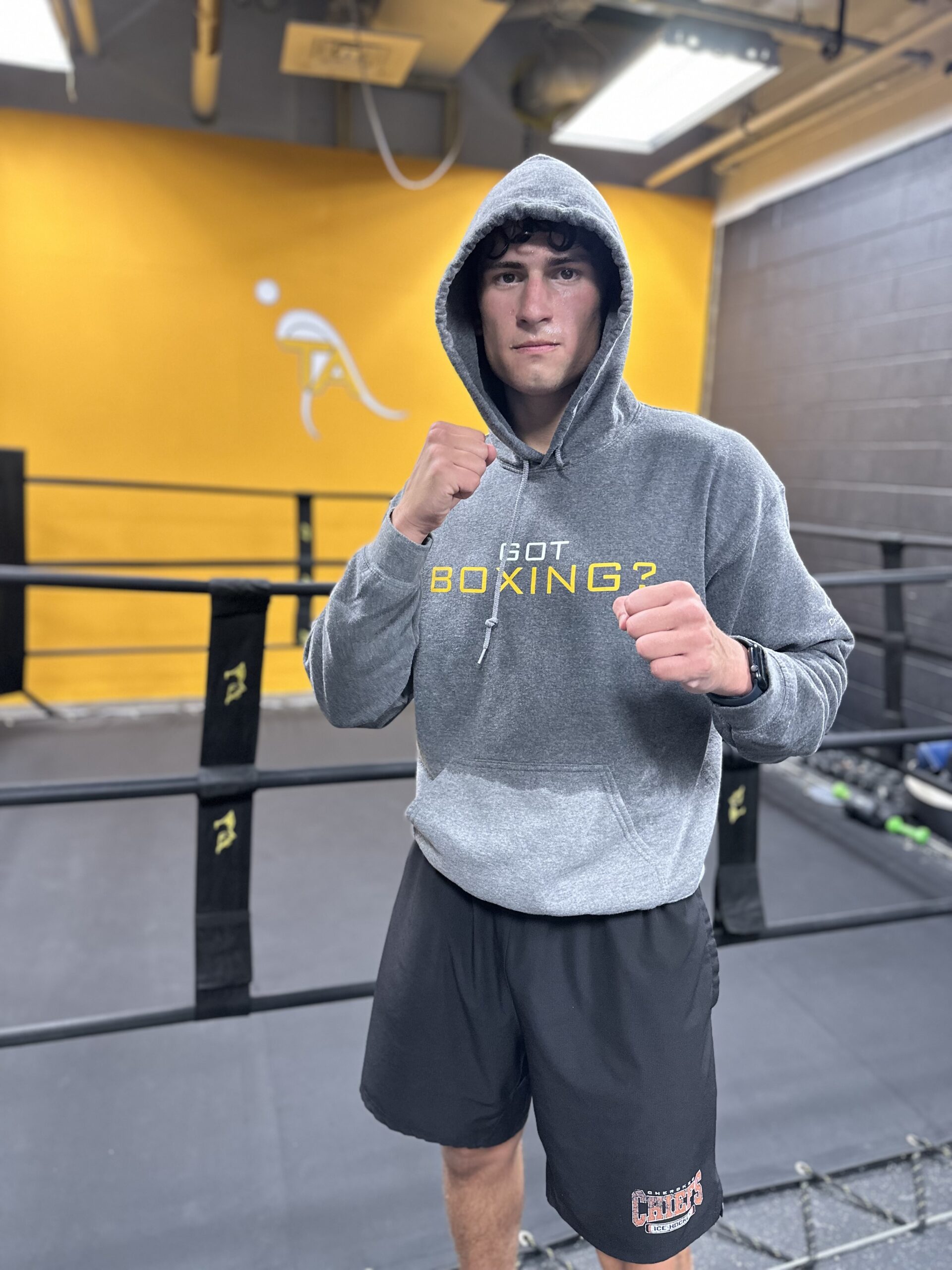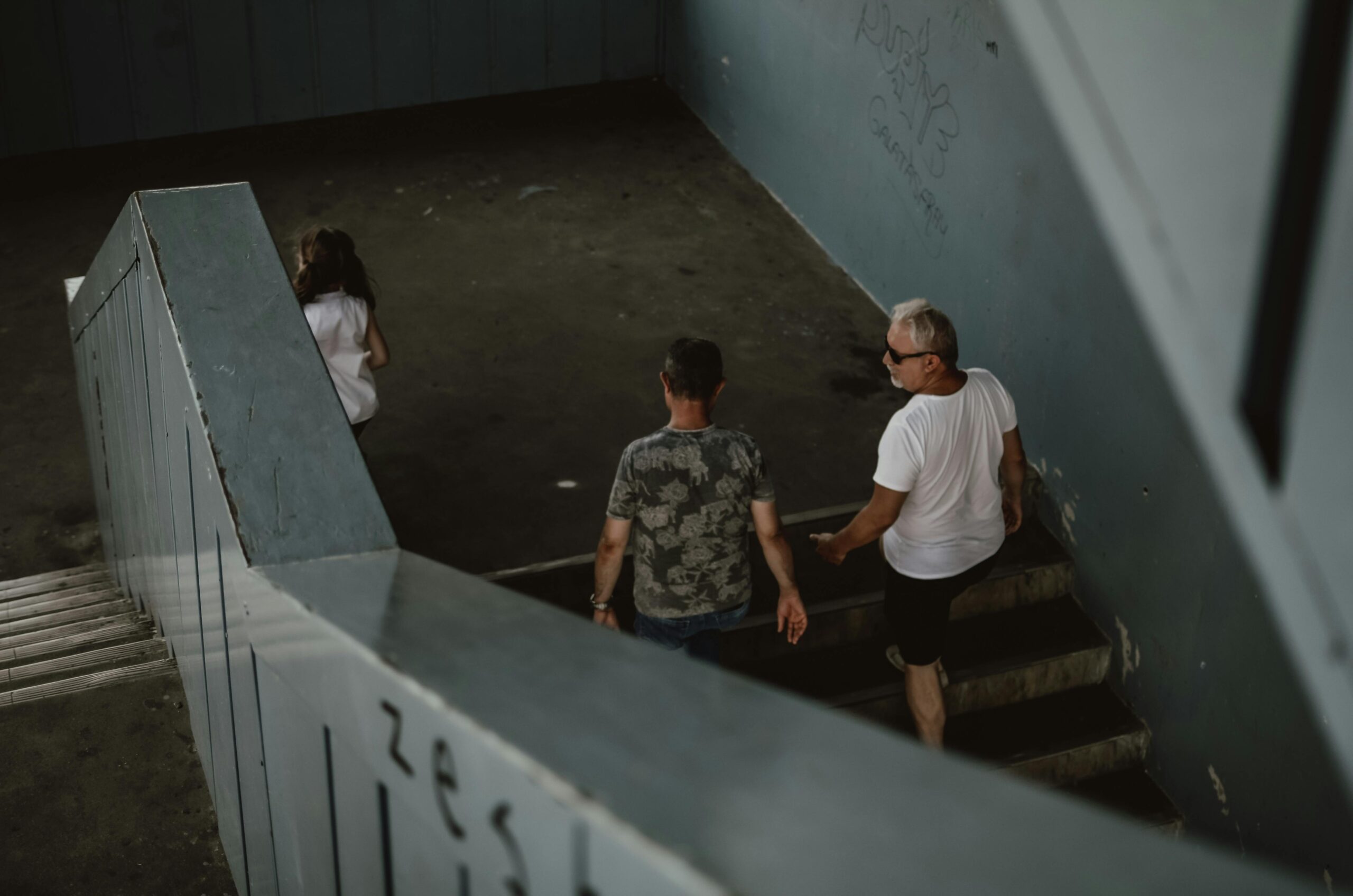3 ways to get better as a Hockey Goalie off the ice
The game of hockey is rough on the goalie. The number of times a goalie needs to drop, pop back up, and push off in a game can be overwhelming. The ability to be mobile, powerful, and stay mentally focused on what’s happening at all times is challenging. Goalies are also often trained as if they are regular skaters. Here are three points of focus a goalie needs in any program:
Hockey goalie hip stability:

All goalies and athletes need hip stability; however, goalies need this more than anyone else. Being able to drop into the butterfly and pop back up evenly and explosively on both the left and right sides, as well as being able to drop and push off in either direction, is mandatory. While squatting and deadlifting are important, for a goalie, the ability to be strong moving side to side will bring more value. Incorporating exercises like pistol squats, curtsy lunges, and side-to-side triple extension exercises will not only develop great power but also allow for overall stability. To reinforce these major movements, hip cars, 90-90s, and various band exercises will help create strength in the smaller muscle groups, preventing injuries. While large muscle strength is important, under-developing the smaller muscle groups that support those movements, especially as a goalie, can lead to underwhelming performance and lingering injuries.
Hockey goalie shoulder positioning (rounded shoulders):
Often known as upper cross syndrome, tightness and weakness of the neck, shoulders, and upper back create imbalances between the dorsal and ventral sides of the body. Hockey players are often culprits of this imbalance. Positioning the body in this stance creates a weaker core foundation, defeating the purpose of all the core work done off the ice. Creating a stronger balance between the anterior and posterior muscles not only enhances movement patterns but also increases the goalie’s net coverage. Every sport creates muscle imbalances. The goal is to find a balance, even if it isn’t 50:50, and aim for closer to 70:30.
Hockey goalie Central and Peripheral Vision Training:
The eyes are often overlooked. There are many basic drills that can be performed to improve concentration in both eyes and peripheral vision. These drills can often be done anywhere with minimal equipment. Though it’s important for all athletes, as a goalie, it’s extremely important to maintain sharp vision.
Goalies are athletes, and while they play the game of hockey, training sessions need to be tailored specifically for them.
Written by:
Kirill Vaks BA, CSCS
Performance coach
Suggested article:
6 hockey goalie off ice drills
Take action… Now!
Training Aspects Personal Training and Sports Performance:
Visit us:
Inside of the Flyers Training Center
601 Laurel Oak Rd.
Voorhees, NJ 08043
Training Aspects is the home of the hockey player. Training is not all the same. understanding the needs of the athlete and being able to create solutions for the imbalances and help develop the hockey athlete takes experience. The hockey player, whether a hockey forward, hockey defenseman or hockey goalie, go to a place that know the sport and can guide the hockey athlete to success.



